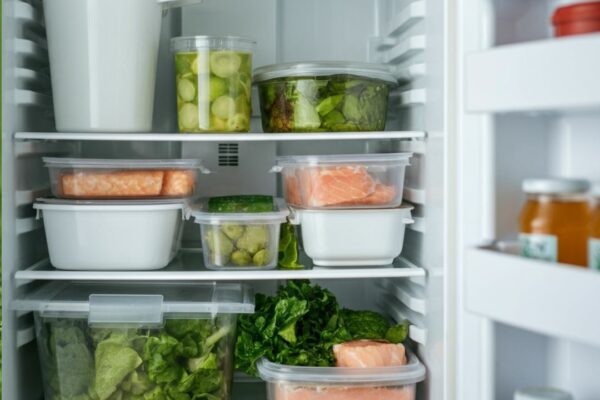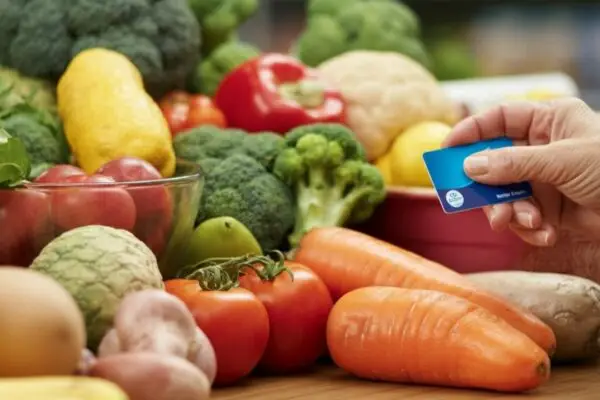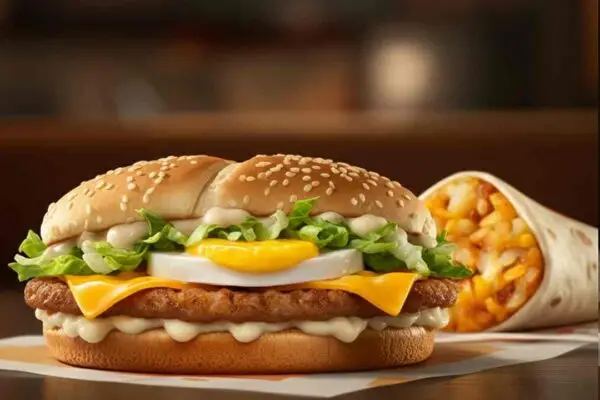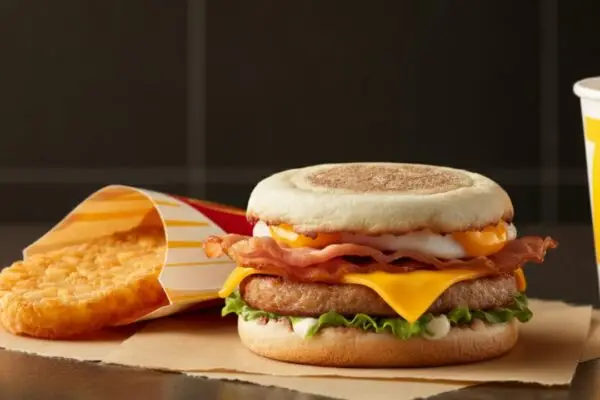
How Long Can Food Last in Fridge Without Power?
Imagine this—your power just went out. Panic sets in as you wonder what will happen to the food stored in your refrigerator. Should you eat it, toss it, or wait for the power to return? During a power outage, food safety is a primary concern for home cooks, food safety enthusiasts, and those focused on…












